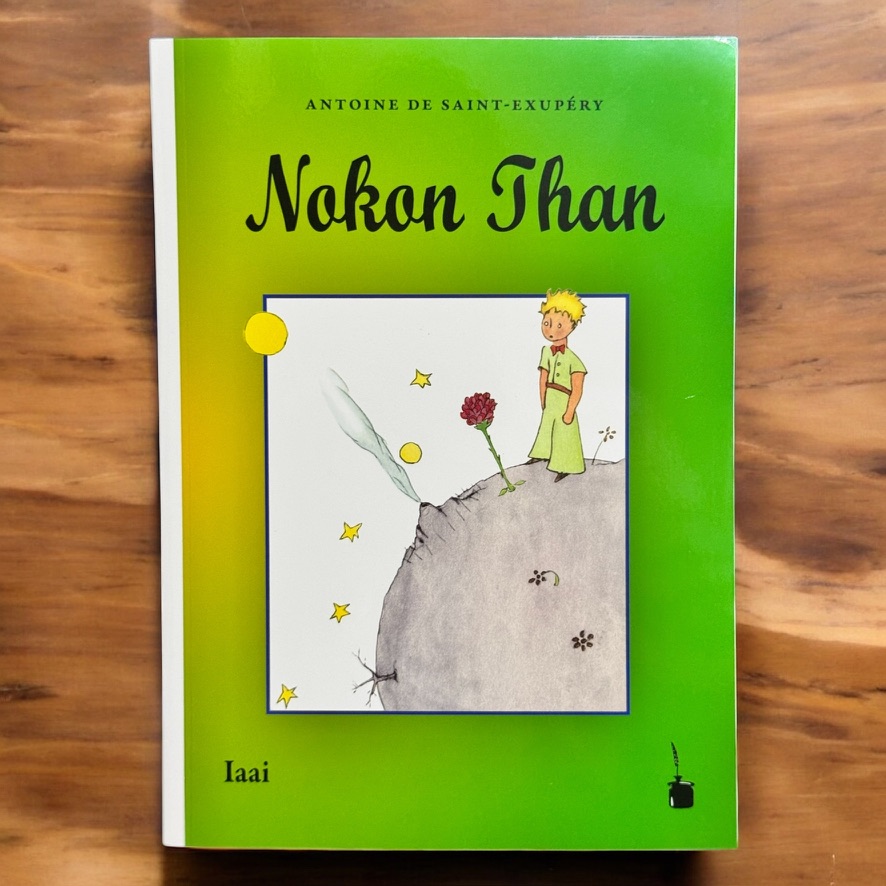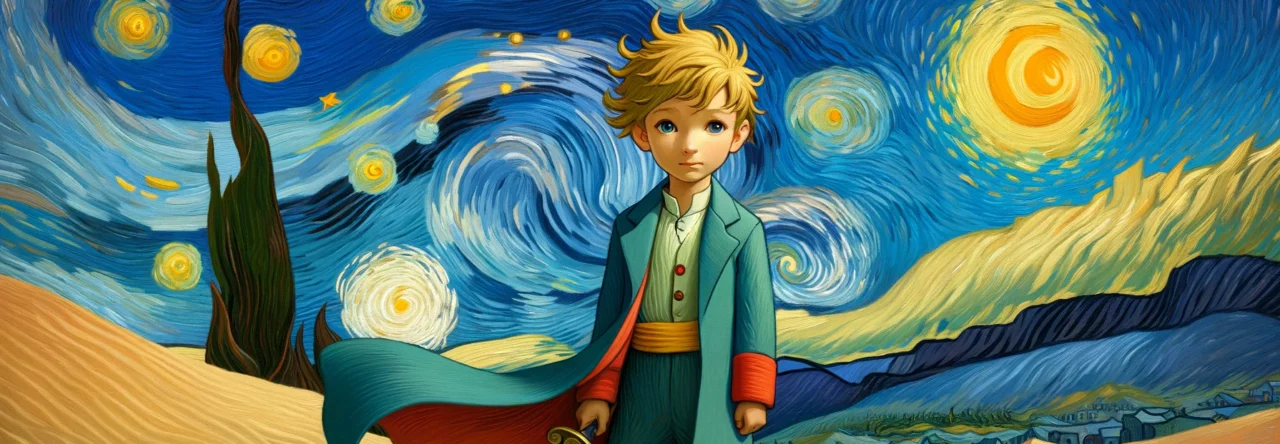
Nokon Than — in Iaai language.
Iaai is a remarkable Oceanic language spoken on the island of Ouvéa in the Loyalty Islands of New Caledonia, a French overseas territory in the southwest Pacific. As part of the Southern Oceanic subgroup of the Austronesian language family, Iaai shares linguistic ancestry with dozens of other languages scattered across Melanesia, Polynesia, and Micronesia. Yet it stands out for its unusual phonetic features—notably a large inventory of contrastive vowels, including both rounded and unrounded front vowels, and a set of implosive consonants, which are rare among Oceanic languages. These phonological traits give Iaai a distinctive, almost musical sound, and have attracted the attention of linguists interested in the diversity and historical development of the Austronesian world.
Historically, the Iaai-speaking people of Ouvéa have maintained a rich and resilient island culture, rooted in traditional subsistence practices such as fishing, yam cultivation, and communal land stewardship. Oral tradition is central to their cultural life: myths, legends, genealogies, and moral teachings are passed down through storytelling, ceremonial oratory, and ritual performance. Iaai plays a vital role in these cultural expressions, functioning as a repository of ancestral knowledge and a medium of spiritual and social cohesion. The language is also deeply intertwined with dance, song, and customary rites, reinforcing social identity and transmitting cultural values across generations.
In relation to other Oceanic languages, Iaai reveals both the shared foundations of the Austronesian family and the profound linguistic diversification that has occurred within New Caledonia. It is most closely related to languages of the Loyalty Islands such as Drehu (spoken on Lifou) and Nengone (spoken on Maré), though each has diverged significantly over time. New Caledonia, as a whole, is known for its exceptional linguistic density and diversity, with over two dozen indigenous languages—many of which have developed unique features due to geographic isolation and complex social histories.


